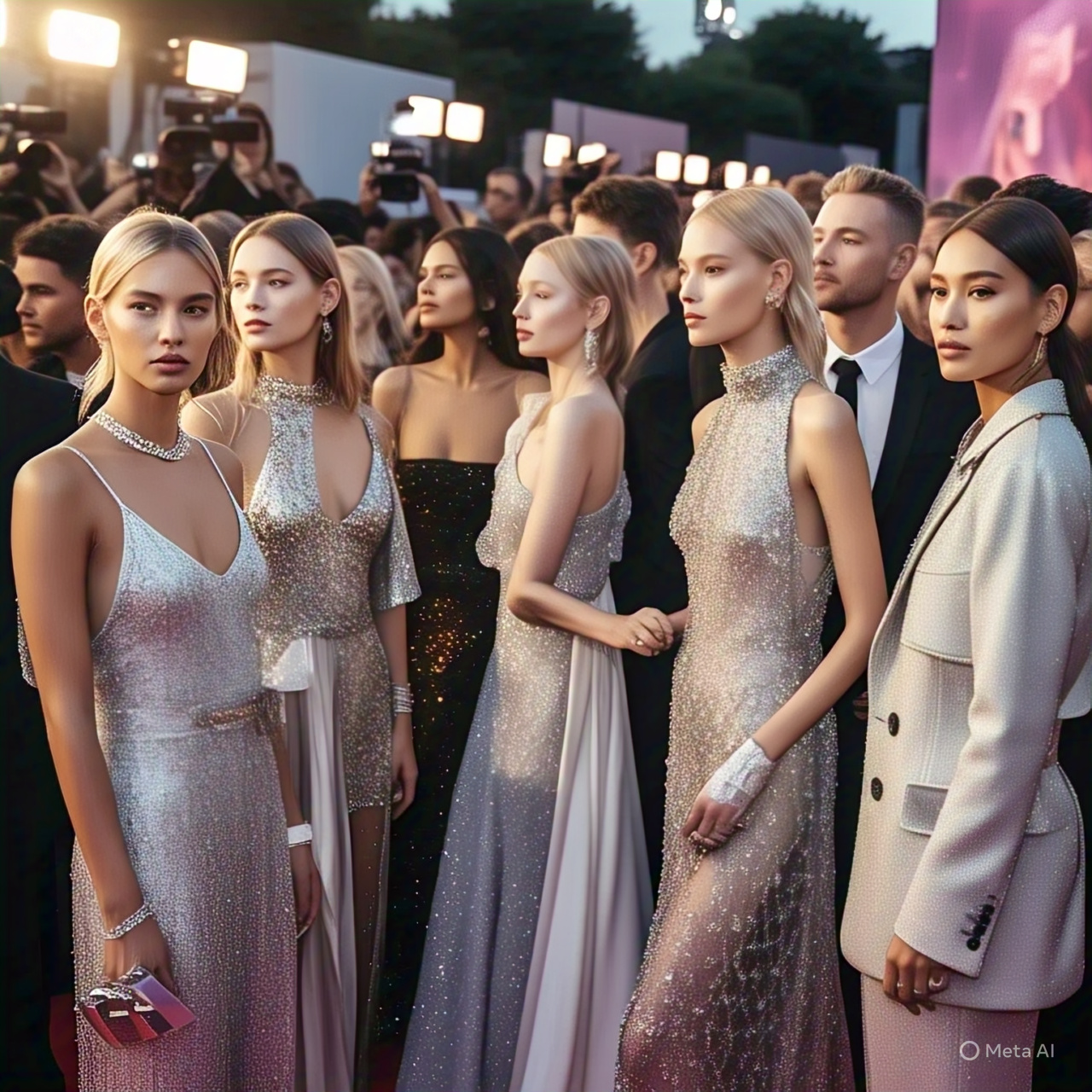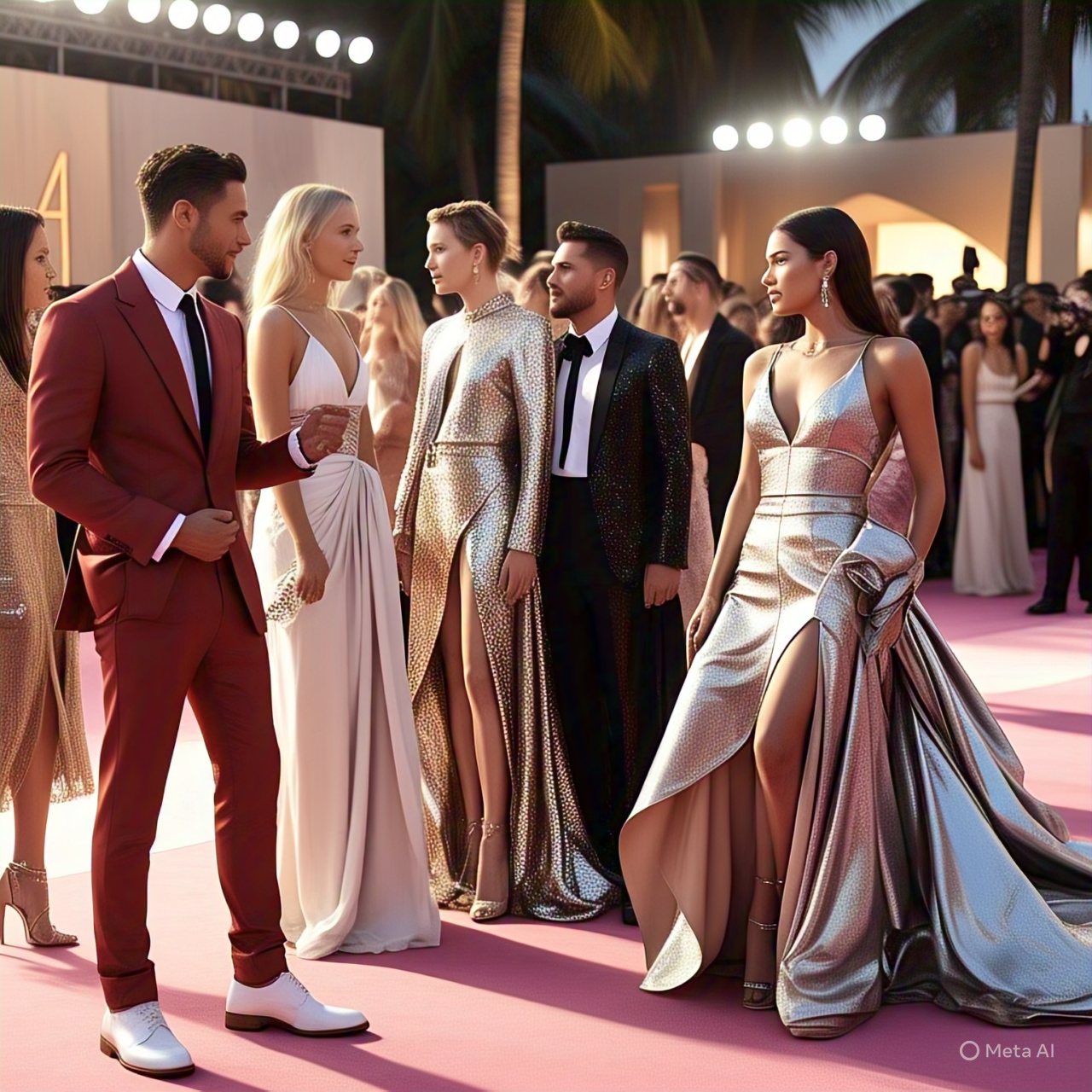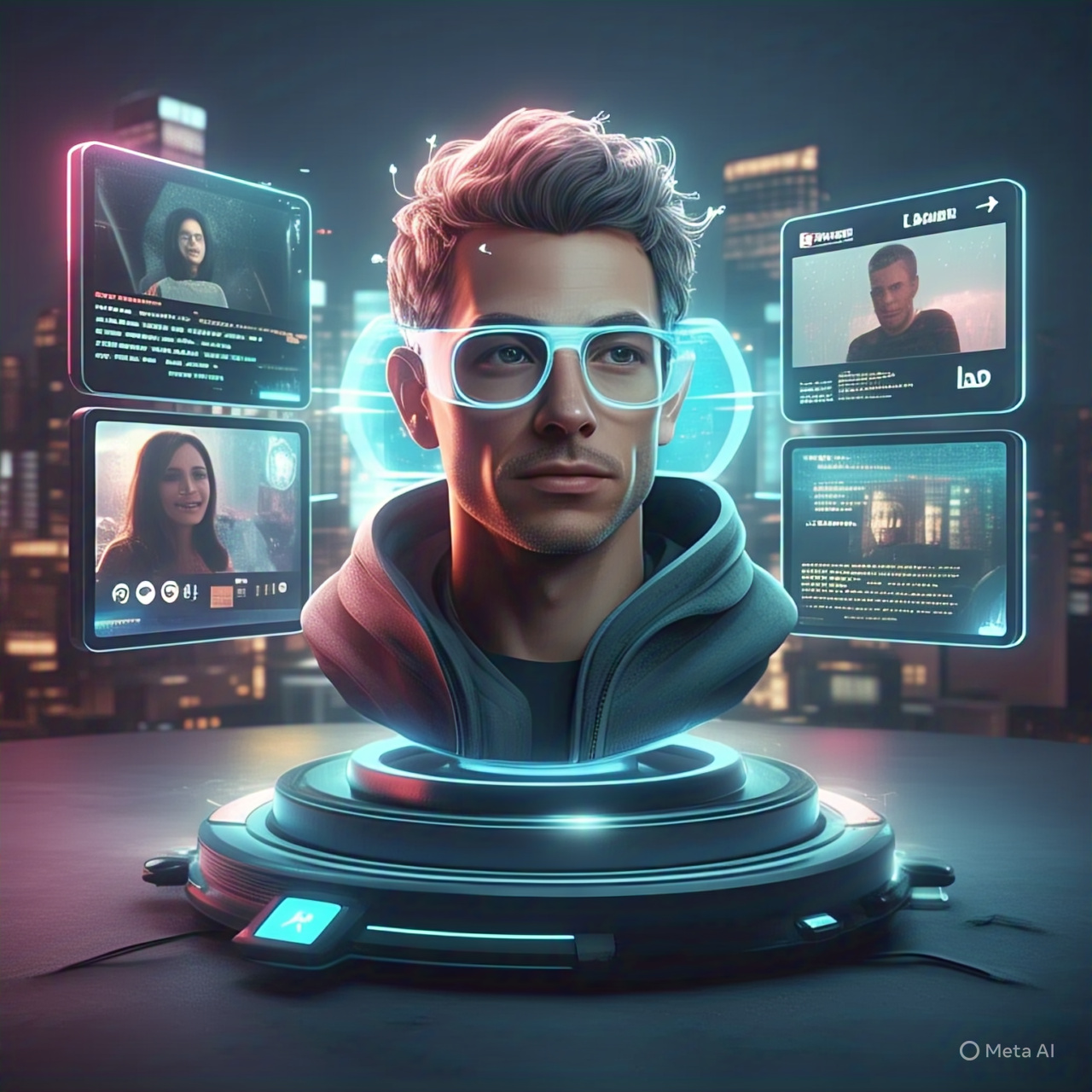Introduction
The digital world is evolving at lightning speed, and influencer marketing is at the forefront of innovation. In 2025, one technology stands out for its ability to captivate audiences, boost engagement, and drive sales: augmented reality (AR) and virtual try-ons. From makeup artists to fashion influencers, AR-powered experiences are transforming how brands connect with consumers, and how creators build their personal brands. This article explores the latest trends, real-world examples, and actionable strategies for leveraging AR and virtual try-ons in your influencer marketing campaigns.
What Are AR and Virtual Try-Ons?
Augmented reality (AR) overlays digital elements—like filters, effects, or product previews—onto the real world through your smartphone or device. Virtual try-ons are a specific type of AR that allow users to “try on” products—like clothing, makeup, or accessories—digitally before making a purchase.
These technologies are now widely available on platforms like Instagram, TikTok, Snapchat, and brand websites, making them accessible to millions of users every day.
Why AR and Virtual Try-Ons Are Game-Changers for Influencer Marketing
1. Interactive and Engaging Content
AR filters and virtual try-ons turn passive viewers into active participants. When influencers use AR, their followers can join in the fun, try on products themselves, and share their experiences—creating a sense of community and excitement.
2. Boosted Confidence and Reduced Returns
Virtual try-ons help shoppers visualize how products will look on them, leading to more confident purchases and fewer returns. This is especially valuable for fashion, beauty, and accessory brands.
3. Authentic Endorsements with Real Impact
Influencers can showcase products in a realistic, interactive way, making their endorsements more authentic and persuasive. AR demos allow followers to see products in action, building trust and driving conversions.
4. Viral Potential and Shareability
AR experiences are highly shareable. When users try on a filter or virtual product, they often share their results on social media, amplifying the reach of influencer campaigns.
5. Seamless Shopping Experience
Many AR and virtual try-on tools now integrate directly with e-commerce platforms, allowing users to buy products instantly after trying them on—shortening the sales funnel and boosting conversion rates.
Real-World Examples
- Sephora Virtual Artist: Sephora’s AR tool lets users try on thousands of makeup products virtually, with influencers demonstrating looks and encouraging followers to experiment.
- Gucci on Snapchat: Gucci partnered with Snapchat to launch AR sneaker try-ons, allowing users to see how shoes would look on their feet before buying.
- TikTok Beauty Filters: Beauty influencers on TikTok use branded AR filters to showcase makeup trends, driving engagement and product discovery.
- Warby Parker Virtual Try-On: The eyewear brand’s AR tool lets customers try on glasses at home, with influencers highlighting their favorite frames.
How to Use AR and Virtual Try-Ons in Your Influencer Marketing
For Brands
- Integrate AR Tools on Your Website and Social Media: Partner with platforms that offer AR solutions or develop your own branded filters and try-ons.
- Collaborate with Influencers for AR Campaigns: Work with creators who can demonstrate your products using AR and encourage their followers to join in.
- Track Performance: Use analytics to measure engagement, conversions, and ROI from AR-powered campaigns.
- Promote User-Generated Content: Encourage followers to share their AR experiences, creating a buzz around your brand.
For Creators
- Experiment with AR Filters and Virtual Try-Ons: Use branded or custom filters to showcase products and trends.
- Engage Your Audience: Invite followers to try on products and share their results, fostering community and interaction.
- Collaborate with Brands: Partner with companies that offer AR experiences, expanding your content options and earning potential.
- Stay Ahead of Trends: Keep an eye on new AR features and tools to keep your content fresh and innovative.
The Future of AR in Influencer Marketing
As AR technology continues to advance, we can expect even more immersive and personalized experiences. Future trends may include:
- AI-Powered Personalization: AR tools that recommend products based on user preferences and past behavior.
- Social Commerce Integration: Seamless shopping experiences where users can buy products directly from AR demos.
- Cross-Platform AR: Consistent AR experiences across multiple social media platforms and devices.
Challenges and Considerations
- Accessibility: Ensure your AR experiences are easy to use and accessible to all audiences.
- Authenticity: Balance innovation with genuine, relatable content to maintain trust with your followers.
- Privacy: Be transparent about data collection and usage in AR-powered campaigns.
Conclusion
Augmented reality and virtual try-ons are revolutionizing influencer marketing in 2025, offering brands and creators powerful tools to engage audiences, build trust, and drive sales. By embracing AR technology and integrating it into your campaigns, you can stay ahead of the curve and create unforgettable experiences for your followers.












